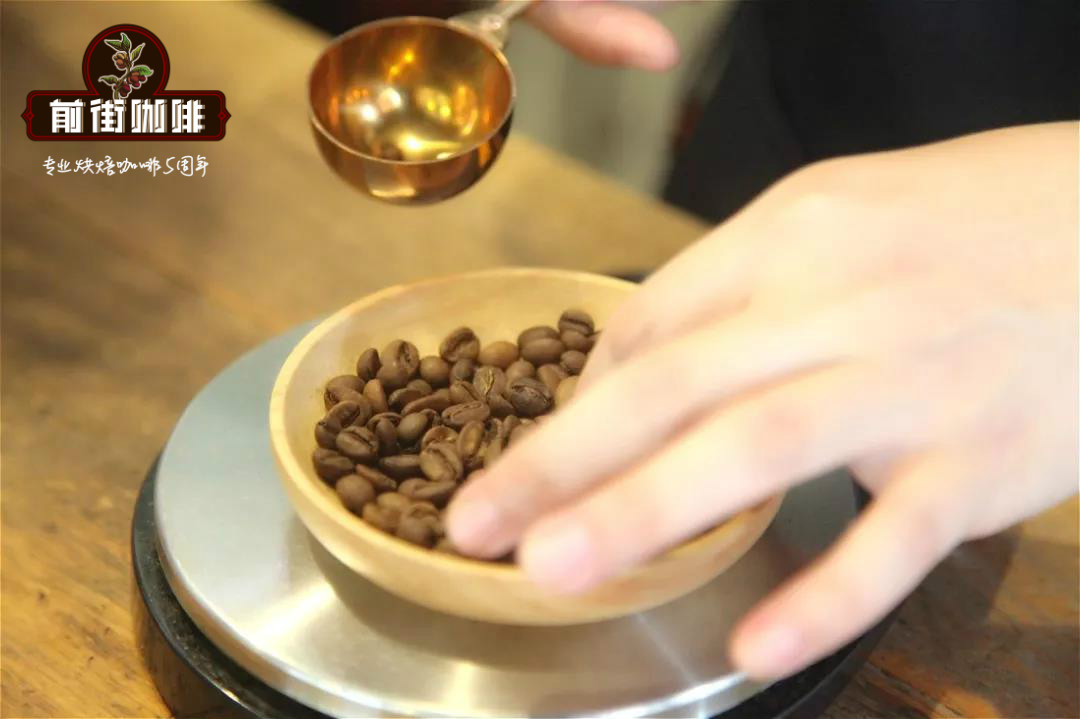India can handle coffee by monsoon!? Unique monsoon treatment!

Professional coffee knowledge exchange more coffee bean information please follow the coffee workshop (Wechat official account cafe_style)
The Asian coffee that most people in Taiwan are familiar with should be Sumatra, Mantenin or Vietnamese coffee with low acidity and mellow taste.
But India is actually the oldest coffee producer in Asia. Although Indian coffee did not flourish until it was colonized by the British in the 19th century, it had a history of about two hundred years before that.
In 1870, due to the influence of leaf rust and the high demand for tea in the market, many farms capable of producing high-quality coffee changed to grow tea one after another, dealing a heavy blow to India's coffee industry. Although in the past, Indian coffee continued to develop, but the planting and research focused on giving priority to disease resistance, taste and flavor later Robusta and its extended varieties, coupled with India because of its low altitude and climate type, so that the adaptability of Robusta output is extremely high, but also because its flavor is cleaner than that of Robustan produced in other producing countries, it makes Robusta of India popular among coffee roasters. It is often used in Italian formula beans.
Treatment of monsoon stains
The better-known Indian coffee is the wind-stained Monsoon Malabar, which is now a precisely controlled treatment, but it originated by accident at first.
During the British colonial period, coffee was packed in wooden cases and exported to Europe. These coffees experience wet weather during the monsoon period during transportation, causing the coffee to absorb a lot of moisture and have a huge impact on the coffee delivered to its destination. At that time, a transportation took several months, and the raw beans were placed on the bottom of the barn, absorbing the moisture and salty taste of the sea. The raw beans had already gone bad when they arrived in Europe, the color turned yellow, and the acidity of the coffee almost disappeared, but it developed a very unique taste.
After that, although the navigation and shipbuilding techniques have improved, and the delivery time has been shortened, the flavor of this monsoon-treated coffee has been affected. So this kind of coffee, called wind stain treatment, will be carried out in the factory.
Wind stain treatment is only used in sun-treated coffee, the color of the coffee after wind stain is light and fragile. This kind of wind-stained beans is not easy to bake evenly, coupled with the fragile characteristics, resulting in coffee cooked beans often have the problem of poor appearance and broken beans. However, this kind of damaged beans is different from the general low-grade coffee defective beans, which will not affect the flavor.
In the process of wind stains, coffee usually loses acidity, but adds a strong and wild aroma, which has a polarized evaluation in the coffee industry. Some people regard this flavor as its characteristic, while others think that it is the defective smell caused by the treatment process.
In addition, 98 per cent of India's 250000 coffee producers are small farmers, so it is difficult to trace production and marketing to manors, usually only to processing plants or producing areas.
Coffee taste
Indian coffee is mostly full-bodied, with low acidity and less varied flavor levels.
Coffee grading
Indian coffee is graded in two different ways:
1. Unique to India:
Classify all washed coffee as "plantation" Plantation
Sun-treated coffee is "cherry" Cherry grade.
All washed Robusta is "coffee grade with shell".
two。 Bean size:
AAA (maximum)
AA
A
PB (small round bean)
Usually the biggest beans are of the best quality, but they are not always the most correct measure.
Important Notice :
前街咖啡 FrontStreet Coffee has moved to new addredd:
FrontStreet Coffee Address: 315,Donghua East Road,GuangZhou
Tel:020 38364473
- Prev

Coffee flower is essential to it! Will different kinds of milk affect coffee?
Professional coffee knowledge exchange more information about coffee beans Please follow the coffee workshop (Wechat official account cafe_style) Milk consists of three main ingredients: protein, carbohydrates and fat. Protein accounts for 3.3% of milk. Proteins can be broken down into two elements: casein and serum protein. Serum, or whey protein, has nine essential amino acids, which add
- Next

Does brewing coffee in the mountains affect the flavor of coffee?
Professional coffee knowledge exchange more coffee bean information Please follow the coffee workshop (Wechat official account cafe_style) anyone who makes coffee knows that there are many brewing factors that affect the flavor of coffee: grinding thickness, brewing time, disturbance, water quality, water temperature, and the altitude at which it is brewed? That's right, the altitude when cooking. Most people actually don't have to worry too much about altitude.
Related
- What is the meaning of lactic acid fermentation with coffee bean treatment?
- How to judge the state of foam by sound?
- How does the latte pull out the unicorn pattern? Come to get for a little trick to improve the flower pull!
- Will flower pulling affect the taste of the latte?
- Do you know the history of coffee?
- The difference between honey treatment and sun washing what is raisin honey treatment?
- What kind of milk can a novice use to make coffee foam to keep the foam longer? The correct method and skills of milking tutorial sharing
- Why do washed coffee beans taste sour? Flavor characteristics of washed Coffee
- Introduction to the skill of how to practice the size and height of water injection around the circle of hand-brewed coffee
- How do beginners practice coffee flower drawing from scratch?

